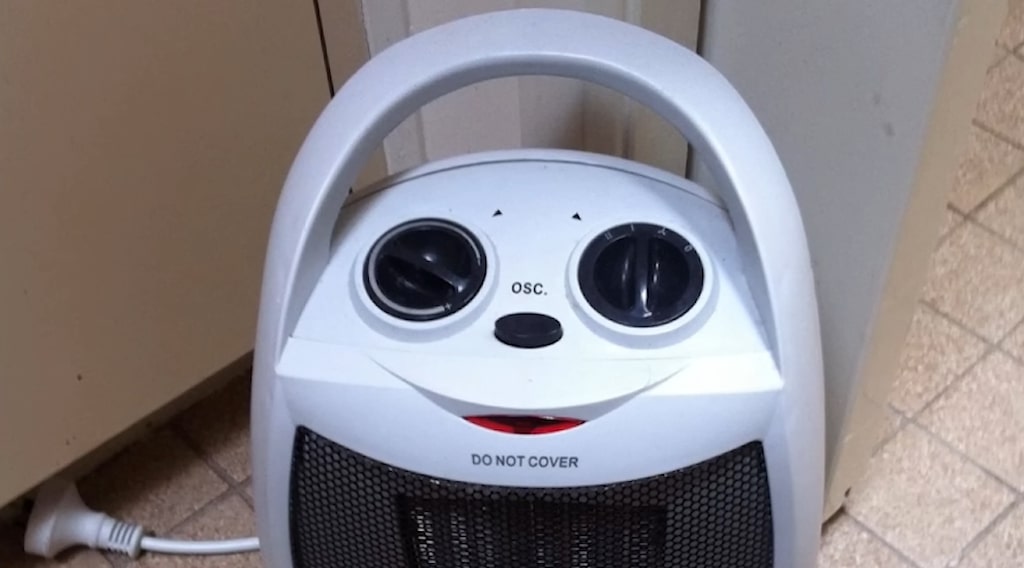How Pareidolia Makes the Human Brain Act Like Facial Recognition Software to See Faces in Objects
Tom BlankofWeird Historyexplains the phenomenon behind Pareidolia, noting how the human brain acts like facial recognition software to form a recognizable pattern amongst the chaos within sight.
In a way, the whole thing is a byproduct of the brain's ability to identify a face based on minimal details. It's kind of acting like facial recognition software, albeit extremely buggy facial recognition software that's always tagging a fish tank as your dad.
Blank also describes reasons that Pareidolia exists. This includes seeing the familiar in human development, the social aspect of recognizing faces, and the instinctive protective aspect of detecting danger.
In that sense, our over ability to see faces in inanimate objects is really a feature rather than a bug. It's evidence of how well-wired our brains have become.
